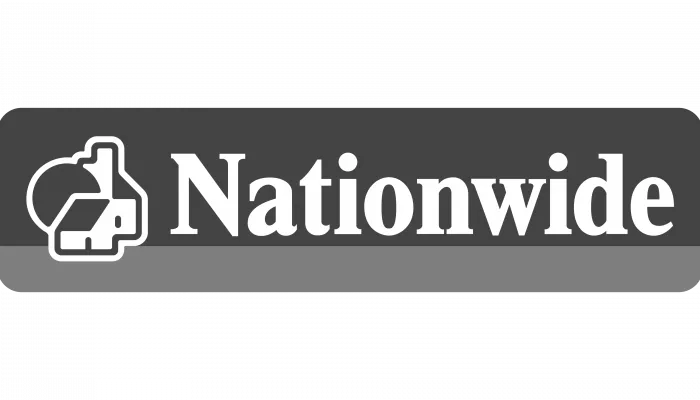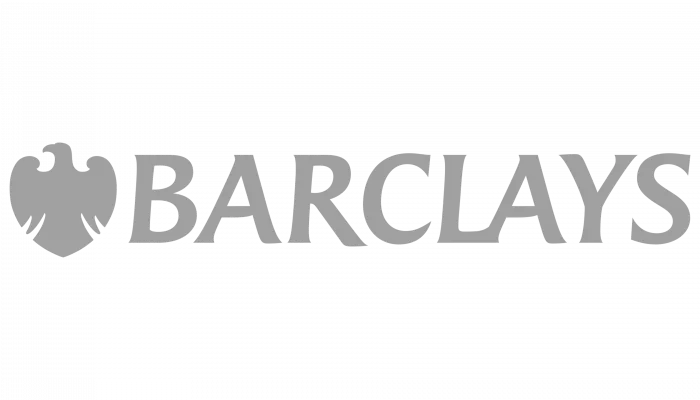Just as all memories of the “Help to Buy” ISA announced in the last budget were fading, the Treasury has named the first six banks and building societies that will offer first time buyers said “Help to Buy ISA.” The Treasury has confirmed that the list is not intended to be exhaustive and that there is still time for other providers to join the scheme and offer the account to savers.
At the time of going to print, the providers chosen to participate in the scheme are: Barclays, Lloyds Banking Group, Nationwide Building Society, NatWest, Santander and Virgin Money.
While first time buyers will not be able to open an account until the 1 December 2015, anyone wanting to start an account is being advised to start saving now in order to be able to deposit the maximum initial sum of £1,000 on the day it opens.
A quick reminder of how it works:
If you’re a first time buyer, save up to £200 a month towards your first home with a Help to Buy ISA and the government will boost your savings by 25%. That’s a £50 bonus for every £200 you save. You can receive a bonus of up to £3,000.
Once you have opened an account there’s no limit on how you long you can save for. You can make an initial deposit of £1,000 when you open the account – in addition to normal monthly savings of up to £200 a month.
Accounts are limited to one per person rather than one per home – so those buying together can both receive a bonus.
The maximum bonus size is limited to £3,000 per person and will be available on home purchases of up to £450,000 in London and up to £250,000 outside London, the maximum. Basically, if you save £12,000, the government bonus will boost your total savings to £15,000! What’s not to like!
(Accounts will be available through banks and building societies from Autumn 2015).
For more information or to speak to an advisor contact us on 01628 507477.
See our related articles: 'Help to Buy ISA' and 'Happy Birthday Help to Buy'.
Recent posts

Here are the lowest fixed mortgage rates of the week, available to first-time buyers, home movers, buy-to-let, and those remortgaging.
Call us for more information: 01628 507477 or email: team@mortgagerequired.com.
Autumn Budget 2025: A Summary
7 days ago

Chancellor, Rachel Reeves, has delivered the Autumn 2025 budget. We have summarised the government's plans for tax and spending.
Renters' Rights Act
19 days ago

The Renter’s Rights Bill became law at the end of October, which means it has been signed off by the King, and it is now the Renters’ Rights Act. Despite this becoming law, these changes are likely to start changing within the next six months, with the aim of being fully implemented throughout 2026 and into 2027.
Mortgages and budgeting to be taught in schools
26 days ago

A welcome change in school is coming as financial literacy is due to become compulsory in schools in England.
The Government has announced that as part of the new national curriculum, children in primary and secondary education will be required to learn about budgeting, compound interest, managing money, and mortgages.
The top 10 most beautiful villages in the world
24 Oct 2025

Forbes has published a global ranking of stunning locations and one popular picturesque corner of the UK has nabbed top spot.

Over three years after the Mini-Budget took place, we look at what the mortgage market looks like now, showing the difference in mortgage repayments.

The government has announced plans to make buying or selling a home cheaper and quicker with what is being called the “biggest shake-up to the homebuying system in this country’s history.”
More borrowers using equity release
1 Oct 2025

Almost one in five equity release mortgages are now taken out to provide financial support to family.


















